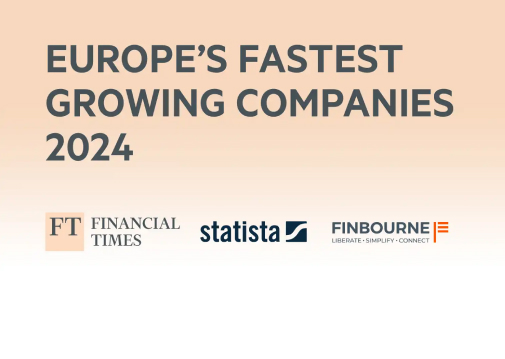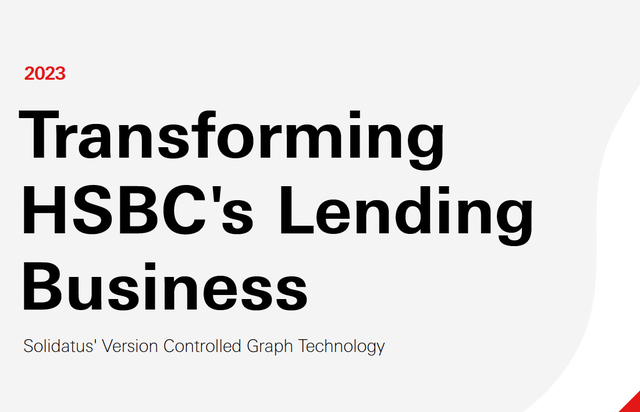ESG has been around for decades, yet it has only recently exploded on the scene as organisations push to become more environmentally and socially progressive – not least to attract investors looking to expand their portfolios with companies that hold the same values.
But ESG data is complex, messy and relatively immature despite how long it’s been around. Data management teams have needed to think differently and adopt new approaches to their data management strategies, especially since there is a gap in standardisation around ESG that would ensure data continues to be transparent, reliable but also meaningful.
Solidatus Co-Founder Philip Miller is an expert in topics including data lineage and ESG. He caught up with industry experts at the A-Team Insight Virtual Data Management Summit last week to look at specific ESG data and reporting challenges, and how we can drive standardisation efforts.
When looking at approaches financial institutions can take when it comes to managing data uniformity and classifications for reporting, Philip comments: “They can learn from the last 10 years of disclosures in different areas. Everything from regulatory reporting to anti-financial crime and anti-money laundering – those sorts of things have all gone down this path. Having a framework and a taxonomy that is believable and transparent is absolutely critical. And being able to then display that in a way that’s credible, but understandable to the people who are the stakeholders.”
With standards set to change and conflict over the coming years, the International Financial Reporting Standards (IFRS) Foundation is already working on a proposal to develop ESG standards globally. Whilst this universal standard will help absolve many companies of the burden of picking through unstructured ESG data across multiple standards and ratings agencies, there needs to remain room for innovation. Factors such as climate change, sustainability and social governance will continue to advance and develop, in that the standards need to evolve with them instead of remaining unflinchingly rigid.
When it comes to issues such as climate change, it’s important to leverage the technologies out there to fill data gaps and provide insights. Reflecting on the past year, Philip speaks to this, “There’s a climate change problem. If we see it in the same way we view the pandemic, we know that we have done some pretty amazing things in the last year to solve a really big problem for the planet. Now, there’s no reason why we can’t take that heavy lifting approach and take some of that real force of scientific power and link it to the technology that we’ve been learning.”
Solutions like Solidatus enable organisations to visualise the data journey behind achieving their ESG goals, ensuring information communicated to investors is accurate and reliable. Through clear visual representation, the Solidatus ESG model will illustrate to organisations how data points are interlinked, the gaps that exist between them, as well as the potential impact of any modifications.
Most importantly, however, implementing a successful and efficient ESG solution will demonstrate a company’s commitment to making a positive impact globally – not only for us but for future generations who will reap the rewards of the changes we are making now. The ultimate aim behind Environmental, Social and Governance and ESG investing is that we are all striving to make the world a better place – a value we should not lose sight of.

Published on: March 17, 2025

Published on: January 31, 2025

Published on: March 27, 2024

Published on: March 6, 2024

Published on: December 7, 2023

Published on: December 1, 2023

Published on: November 2, 2023

Published on: August 23, 2023

Published on: March 20, 2023

Published on: March 15, 2023

Published on: February 19, 2021

Published on: November 16, 2020
